Do Whales Sleep
Another aquarium keeper told us that one of their killer whales seemed to sleep very little. So whales can sleep literally with one eye open.
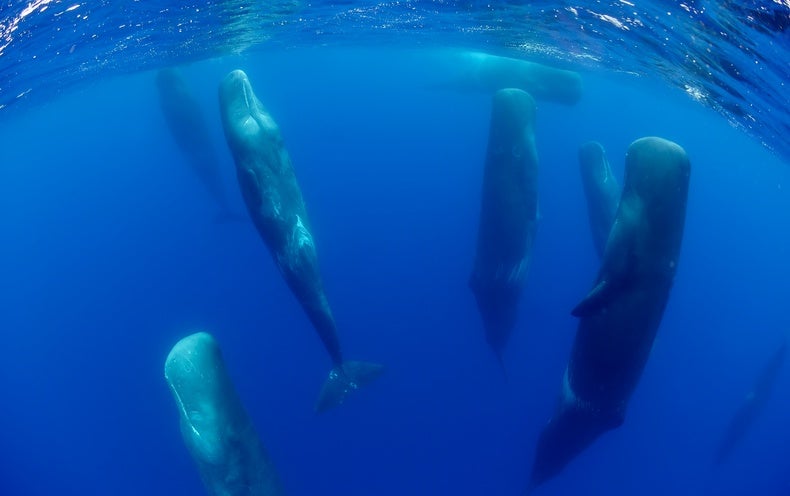 How Do Whales And Dolphins Sleep Without Drowning Scientific American
How Do Whales And Dolphins Sleep Without Drowning Scientific American
Plus one brain hemisphere awake to remember to breathe.
:max_bytes(150000):strip_icc()/GettyImages-556418593-597cc37b845b3400113119d9.jpg)
Do whales sleep. While one half of the brain stays awake to make sure the whale breathes and alerts the whale to any danger in its environment the other half of the brain sleeps. Digital Vision Getty Images Whales and dolphins are mammals so in a lot of ways they are just like human beings Among other things they have similar bone structure are warm-blooded and give birth to live young. The whales sleep and their brains also need rest.
The whales were found to spend seven percent of their day in these vertical sleeping positions near the surface of the water where they napped from 10 to 15 minutes. They either rest quietly in the water vertically or horizontally or sleep while swimming slowly next to another animal Sperm whales for instance have. And no one captured really great photos of it until 2017.
Whales do sleep like the rest of us mammals. French photographer and filmmaker Stephane Granzotto was documenting sperm whales in the Mediterranean for his photo. When marine mammals sleep and swim at once they are in a state similar to napping.
Humans are unconscious breathers meaning that our bodies will automatically breathe to take in air even when we are sleeping. Some of us like to sleep on the left and others on the right whales also have a position they like. Young whales and dolphins actually rest eat and sleep while their mother swims towing them along in her.
Dolphins and beluga whales sleep by shutting down one hemisphere of their brain at a time. While one half of the brain stays awake to make sure the whale breathes and alerts the whale to any danger in its environment the other half of the brain sleeps. Whales dolphins and porpoises need to retain conscious brain activity in order to take a breath because they must be able to tell that their blowhole is at the surface.
This resting state is more like a very light nap and the whale can still swim at the same time. For whales and dolphins however sleeping in the water is a bit more complicated. Guinea pigs for example generally sleep for about twenty minutes then wake run around eat and play for about a hour then go back to sleep.
Quite unlike humans whales sleep by resting one half of their brain at a time. The 562 hours of investigation showed that sperm whales sleep only 71 of the time mainly between 6 pm and midnight humans for example sleep 28. The length of sleep can vary massively between species.
Or if able to they can hold there breaths for such long times that they can sleep between breaths. The answer to both questions is yes. Sleeping vertically allows them to grab a quick breath of air if they really need it.
While half of the killer whales brain catches up on sleep the other half controls the breathing. To get around this they only sleep with one hemisphere of the brain at a time. The big difference between marine mammals whales and land mammals us is that seafarers have a brain that is capable of connecting and disconnecting their hemispheres independently.
Few things are more relaxing than floating in a pool hearing the sound of water and resting your eyes for just a little while. All whales and dolphins sleep but different species have different methods and requirements for sleep and rest. Whale sleep patterns are different from land mammals in that they are never really unconscious when they sleep.
Not all whales sleep vertically but those who do namely sperm whales do so using the light as a point of orientation. In general dolphins and whales have two basic ways of sleeping according to Scientific American. But species generally have their inborn patterns of sleep.
This whale had a unique position as it was resting vertically as a lot of humpbacks do. No one knew whales slept vertically until a 2008 study documented the behavior. Quite unlike humans whales sleep by resting one half of their brain at a time.
One of the whale scientists at Woods Hole told me a story about a boat that had banged into a sperm whale that seemed to be. There are some common methods and positions for sleeping. They sleep sound and still for up to two hours at a time between breaths in pods of 5 or 6 whales presumably for protection.
Other phone calls had yielded precious little. Whales sleep with half their brain to avoid drowning. They point their snouts to the light knowing that if they are low on air they will automatically wake up.
Because killer whales are physiologically similar to these species its thought that they sleep in the same way. Researchers suggested at the. Whales and dolphins are mammals and need sleep to survive but they sleep very differently than humans and other land mammals.
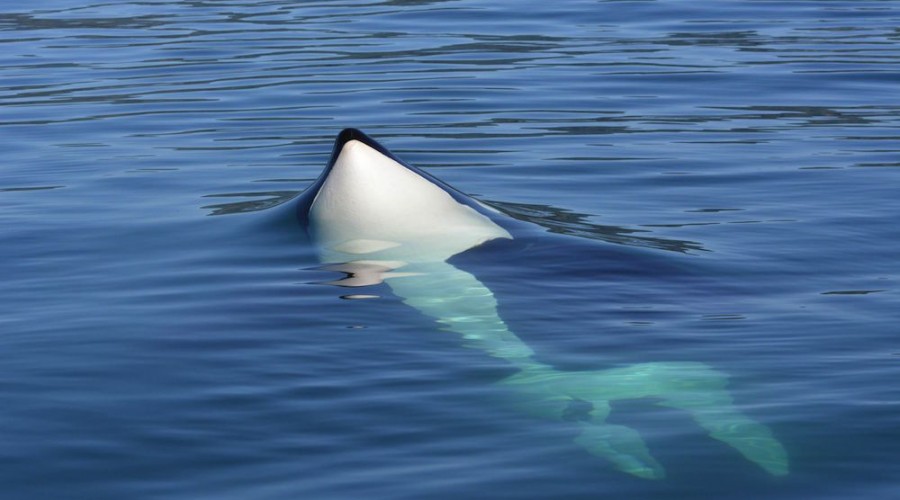 This Is How Killer Whales Sleep Without Drowning Eagle Wing Tours
This Is How Killer Whales Sleep Without Drowning Eagle Wing Tours
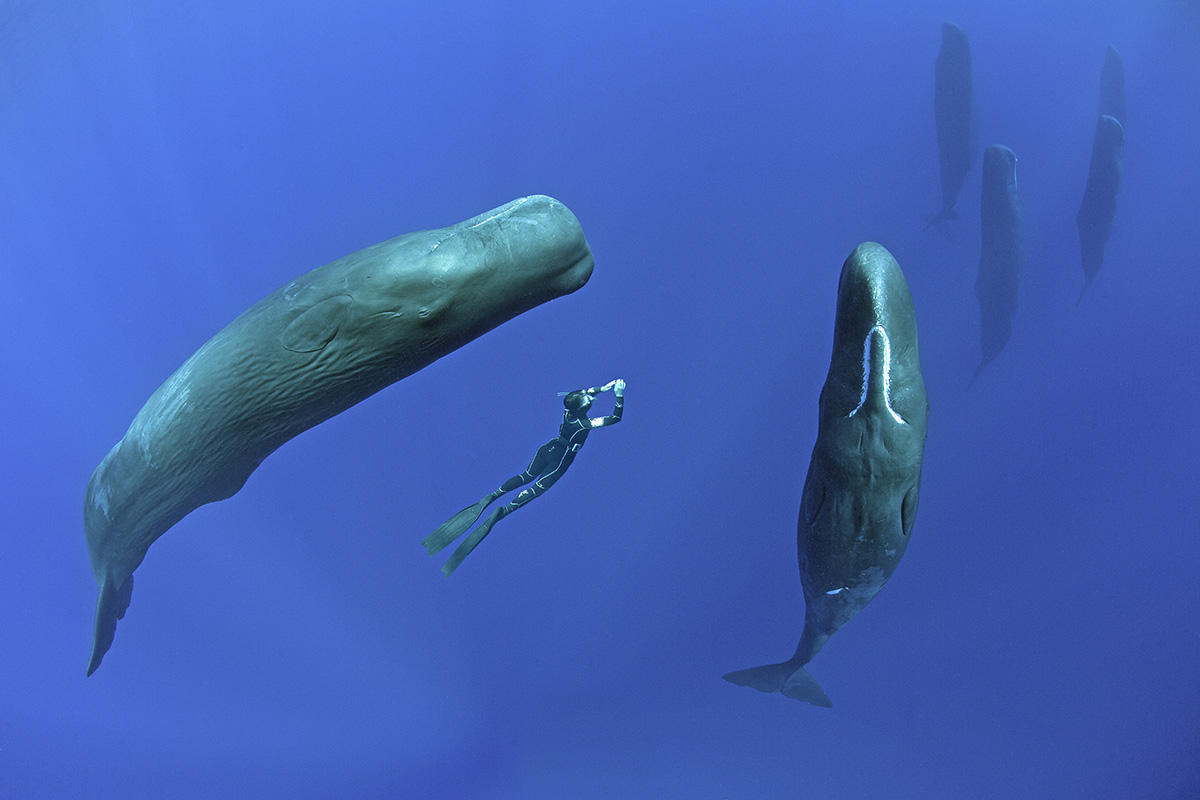 Cetaceans Keep An Eye Open Cnrs News
Cetaceans Keep An Eye Open Cnrs News
Whales How Do These Mammals Sleep
 How Do Whales Sleep Underwater These Award Winning Photos Help Explain Feri Org
How Do Whales Sleep Underwater These Award Winning Photos Help Explain Feri Org
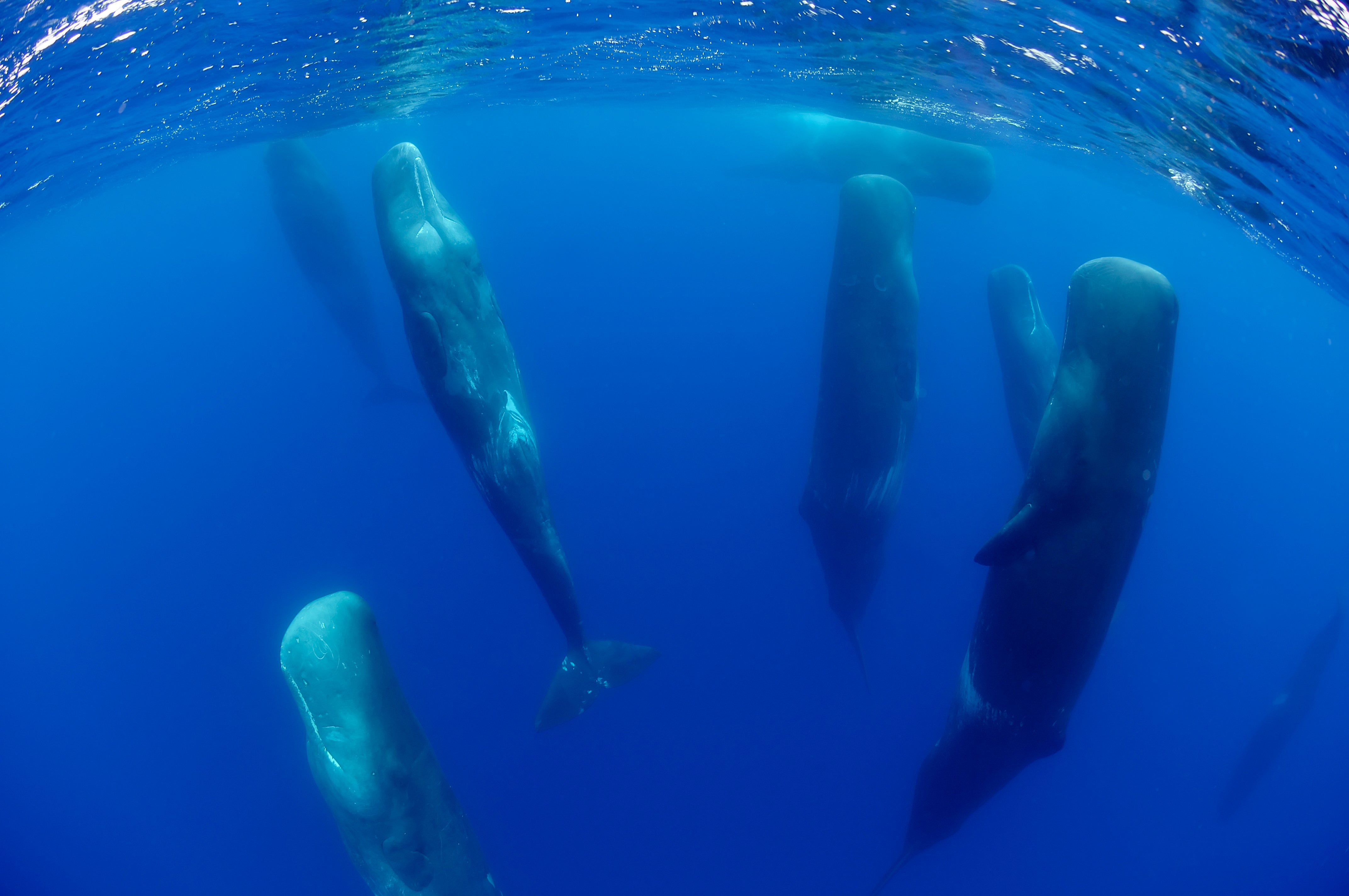 How Do Whales And Dolphins Sleep Without Drowning Scientific American
How Do Whales And Dolphins Sleep Without Drowning Scientific American
 Tail Standing Sleeping Whales Snooze In Stunning Photo Live Science
Tail Standing Sleeping Whales Snooze In Stunning Photo Live Science
 Do Whales Sleep Bbc Science Focus Magazine
Do Whales Sleep Bbc Science Focus Magazine
 Whales Sleep With Half Their Brain To Avoid Drowning Whale Scientists
Whales Sleep With Half Their Brain To Avoid Drowning Whale Scientists
 Photo Shows How Sperm Whales Sleep
Photo Shows How Sperm Whales Sleep
 80 Tons Of Carnivorous Whale Just Hanging There Sleeping Thalassophobia
80 Tons Of Carnivorous Whale Just Hanging There Sleeping Thalassophobia
:max_bytes(150000):strip_icc()/GettyImages-556418593-597cc37b845b3400113119d9.jpg) How Do Whales Dolphins And Porpoises Sleep
How Do Whales Dolphins And Porpoises Sleep
 Do Whales And Dolphins Sleep Howstuffworks
Do Whales And Dolphins Sleep Howstuffworks
 How Do Whales Sleep Scicommchall
How Do Whales Sleep Scicommchall
 How Do Whales And Dolphins Sleep Without Drowning Youtube
How Do Whales And Dolphins Sleep Without Drowning Youtube
Comments
Post a Comment